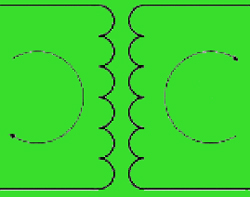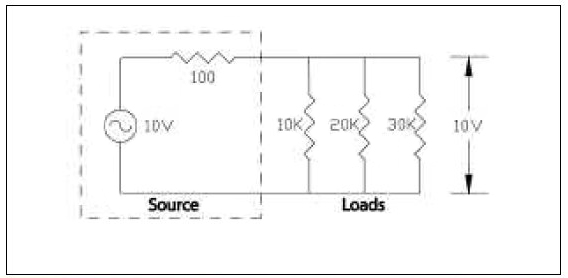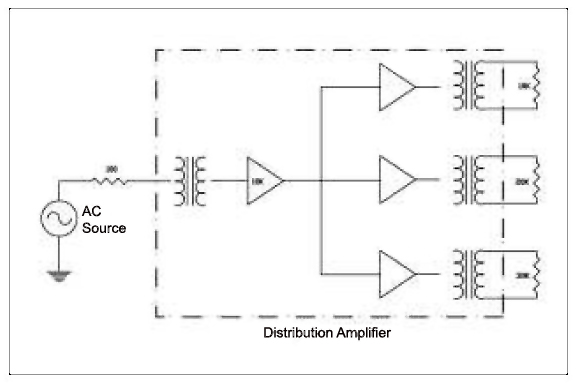
Signal distribution requires a simple “Y” cable connected from the source to the multiple loads. This is a perfectly acceptable method of distributing the signal from a source to multiple loads.
There is no need for impedance matching if the components involved are typical analog audio products or even digital products if they are being fed an analog signal.
A drawback to Y-cable signal distribution is the lack of isolation between the individual loads and the source. For instance, a short circuit across any of the inputs will kill the signal to all of the inputs.
For this reason (and others), this method is not recommended for driving loads that lie outside of the equipment rack that houses the source. In these cases, load isolation can be achieved by using a distribution amplifier (DA).

The DA provides a single high impedance input for the signal from the source, but provides buffered low impedance outputs that can be used to drive the remotely located loads. The load buffering is achieved by using an active stage for each of the DA’s outputs.
A short across any one output is buffered from the other outputs by the active stage (Figure 3). Note that this is not impedance matching since the output-to-input impedance ratio is still at least 1:10.

It must be strongly emphasized that while the Y-cable makes an excellent signal splitter it should NEVER be used as a mixer. Doing so places the source device under a load, resulting in an increase in output current that can lead to distortion under high signal conditions.
When a mixer is needed – get a mixer.
IN THE WOODS
While the DA solves the isolation issue, we’re not out of the woods yet. Another problem that plagues distribution systems results from multiple ground connections between the various components.
These “shared” ground paths include the AC safety ground, the cable shields, and possibly connections to the building ground through equipment racks, etc.
